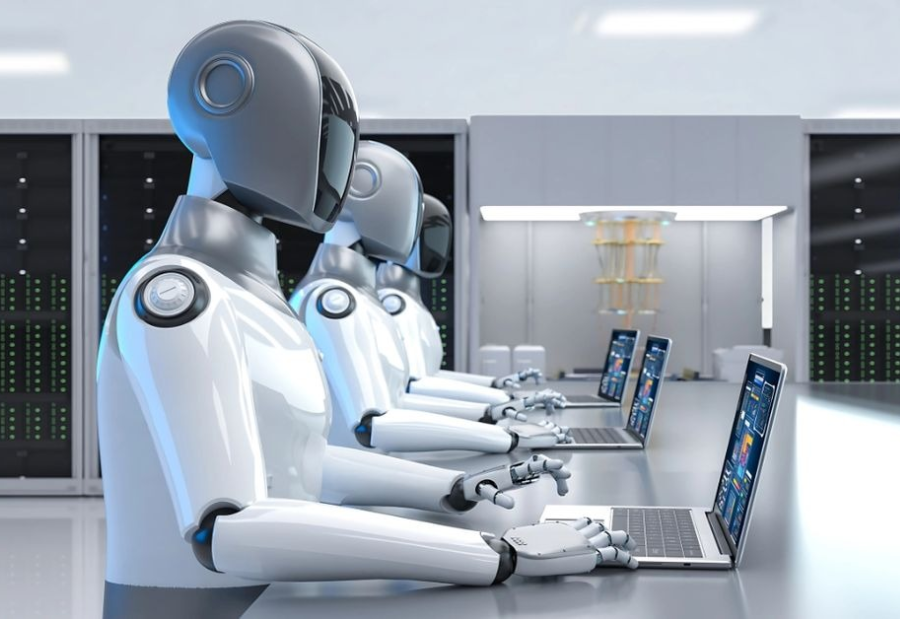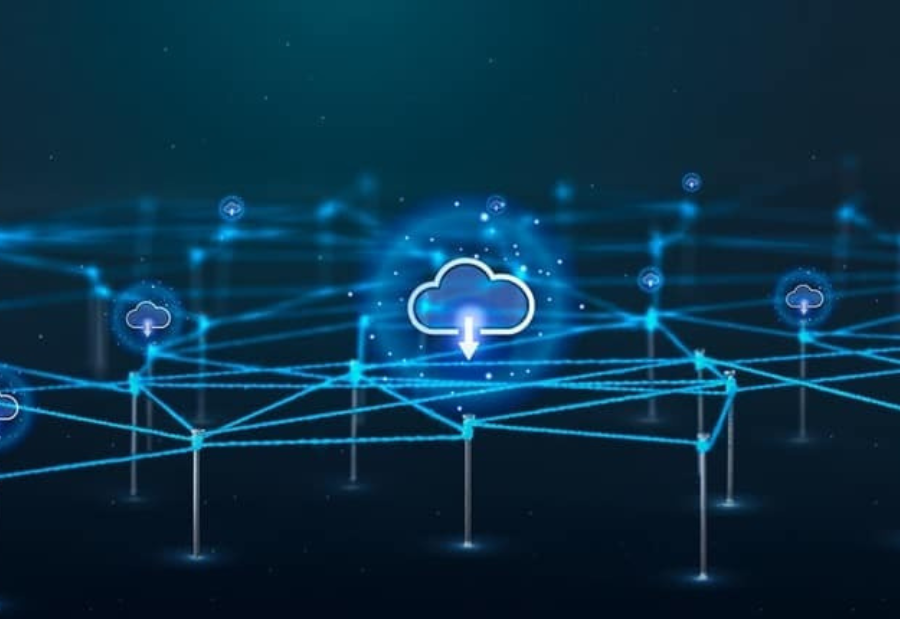For decades, India has been a land where dreams followed a fixed path — engineering and medicine were not just careers, but expectations. Young students prepared for years, cracked tough exams, entered top colleges, and then left the country to chase opportunities abroad. It became a familiar story: India nurtured talent, the world, especially the US, reaped the benefits.
This trend shaped Silicon Valley itself. Indian engineers, many from IITs and other prestigious institutes, built careers, startups, and even rose to lead tech giants like Google, Microsoft, and Adobe. US companies welcomed them through the H-1B visa programme, which connected nation’s surplus of tech talent to America’s booming industry. Indian professionals now receive over 70% of all H-1B visas issued yearly, with some years crossing 75%.
It wasn’t accidental — it was a system built to meet American needs and Indian aspirations.
But while country exported its best minds, its domestic job market couldn’t keep up. Thousands of engineers graduated each year, but the local ecosystem lacked enough jobs, innovation opportunities, and global-scale infrastructure. Ironically, country often ended up buying software and services built by its own citizens working abroad.
Now, however, that cycle is showing cracks. The H-1B system is under pressure like never before. In FY 2024, over 780,000 applications competed for just 85,000 slots. Concerns over multiple applications for single individuals have triggered calls for reform. A new beneficiary-based lottery model is being considered, along with stricter compliance and higher wage requirements. Political resistance to foreign workers, especially during election years, adds more uncertainty.
With US doors appearing less welcoming, a new possibility emerges for nation: turning brain drain into brain gain.
As global migration hurdles rise, many Indian engineers are rethinking their futures. India, with its growing startup ecosystem, AI and semiconductor missions, “Make in India” and “Startup India” initiatives, and improving digital infrastructure, now offers a better platform than ever before.
But challenges remain. India must invest more in research, build stronger industry-academia partnerships, and create a culture that values innovation, not just education. A mindset shift is needed — one that doesn’t measure success by whether you leave, but by what you build at home.
India’s engineers have helped build global tech empires. It’s time that energy fuels India’s own rise. As US immigration becomes tougher, the question is no longer about visa quotas. It’s about whether India can open its doors wider — for its own talent, and for the innovation it desperately needs.
Also read: Viksit Workforce for a Viksit Bharat
Do Follow: The Mainstream formerly known as CIO News LinkedIn Account | The Mainstream formerly known as CIO News Facebook | The Mainstream formerly known as CIO News Youtube | The Mainstream formerly known as CIO News Twitter |The Mainstream formerly known as CIO News Whatsapp Channel | The Mainstream formerly known as CIO News Instagram
About us:
The Mainstream formerly known as CIO News is a premier platform dedicated to delivering latest news, updates, and insights from the tech industry. With its strong foundation of intellectual property and thought leadership, the platform is well-positioned to stay ahead of the curve and lead conversations about how technology shapes our world. From its early days as CIO News to its rebranding as The Mainstream on November 28, 2024, it has been expanding its global reach, targeting key markets in the Middle East & Africa, ASEAN, the USA, and the UK. The Mainstream is a vision to put technology at the center of every conversation, inspiring professionals and organizations to embrace the future of tech.




